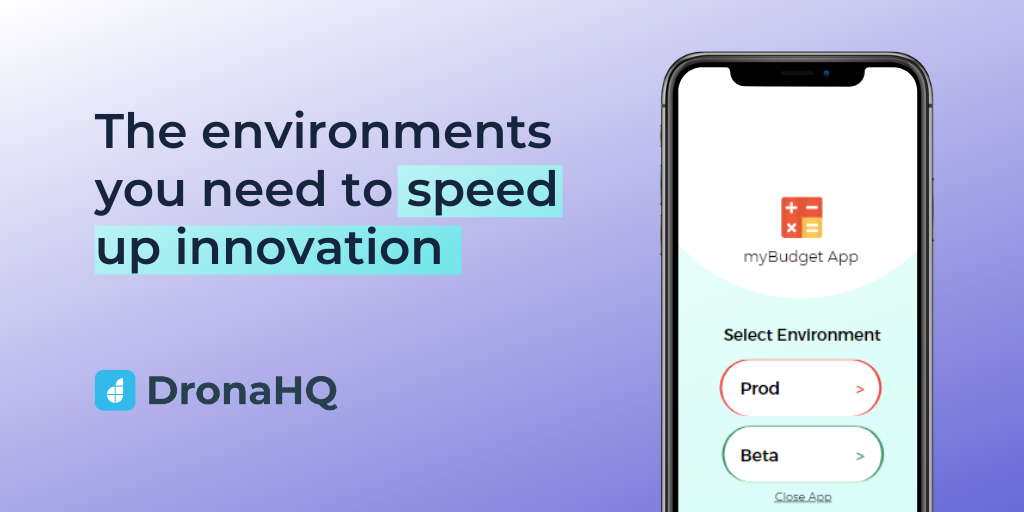

3 environments to help with successful agile delivery
Suppose you have an app being used by your field force, and it lets the field force submit inspection data without any validation. You want to experiment with your app by adding some validation rules to control the data being submitted, but you don’t want your current app users (or your ‘live’ users) to see the changes or your live data getting affected. By testing apps in the Dev environment users are keeping the live data untouched and live end-users unimpacted from the experiments while they continually test new features on their apps.
It takes more than just scalability and performance to create an enterprise-grade solution. On DronaHQ, you can create a Dev environment for app creation as well as a Dev database to allow no-code makers check the app’s functionality and see if the data submitted or requested through the app is showing as expected or not.
Smarter Testing in an Agile Environment
While the environments help the developers in assessing their work, the actual beneficiaries are the administrators who would like to keep evolving their apps with innovative functionalities and enhancements while retaining the confidentiality of business-critical information.
With just one environment, both the admin and developer rights resided with the developer. Now there are different hierarchies for different environments to keep control in the hands of the admin/CIO/CSO. You don’t have to corrupt your live data with test data or give away access to sensitive data and you can keep testing your apps in sprints, supporting an agile development philosophy.
DronaHQ offers three environments for the micro-apps:
- Prod
- Beta
- Dev (Preview only)
The Dev environment is where you create the app, extend the app’s functionality, and integrate with other apps. You can preview it, as well as, test the app’s functionality with the new Dev(Submit On) option to see how effective your workflows are.
In the Beta environment, on the other hand, you can rigorously test new features added before it is made ‘live’ in Prod. In this environment, only the Beta users or the pre-defined users will receive the app updates. This environment can be particularly used to test the application’s functionality before deploying to production.
The Prod environment is the final stage for the microapp where you have your active users accessing business-critical information. The app’s updates will be received by all the live users of the microapp.
If you are the end-user of the app, you only see the production environment. If you are a no-code developer or a partner, you will most likely need to have dev and beta environments to thoroughly build and test your app’s functionality for the end-user or the customer. If you are the end-user as well as the developer, building the app for your team, you will be interacting with the app in all of the three environments.
With the Beta environment in play, you can save a lot of time as development, testing, and approvals can run parallelly. It further promotes app innovation as you can test multiple concepts without impacting the live information that resides securely in the database.
For more information on how these environments can be enabled for the app, the database, the workflow, as well as for your 3rd party integration, head over to our help documentation here. To get in touch with us, simply drop us a message in the chatbox below.
![How low-code internal tools are helping save time at work? [2023]](https://cdn1.dronahq.com/wp-content/uploads/2021/04/Copy-of-Add-a-heading-3.png)


